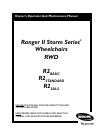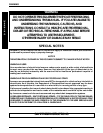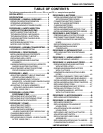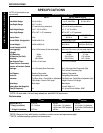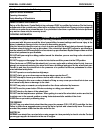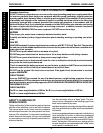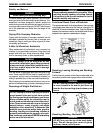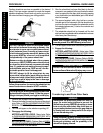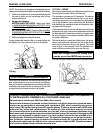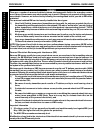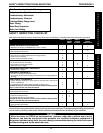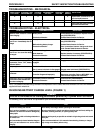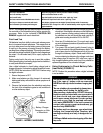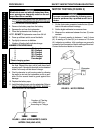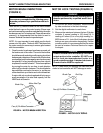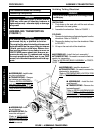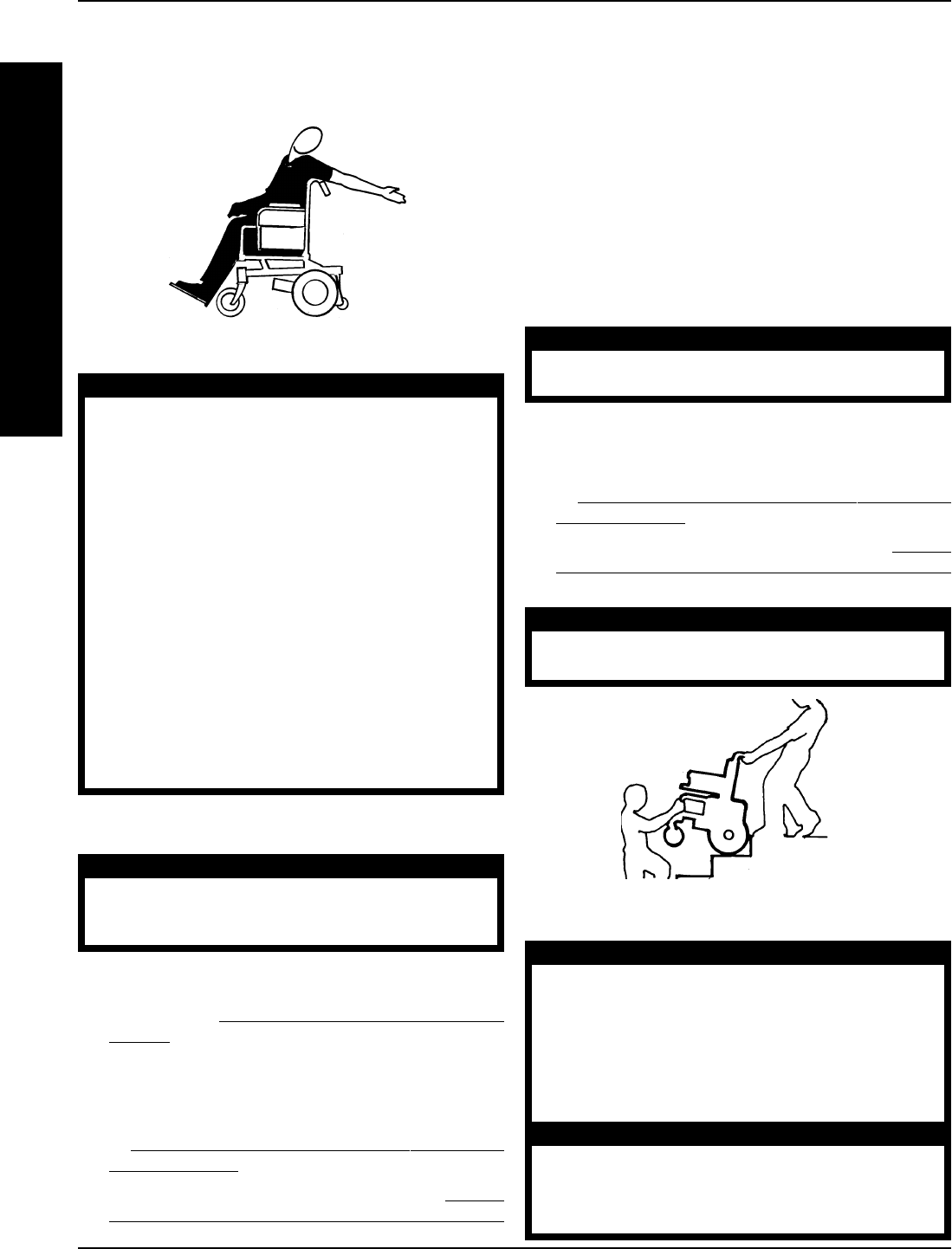
8
GENERAL GUIDELINESPROCEDURE 1
G
E
N
E
R
A
L
G
U
I
D
E
L
I
N
E
S
Stairways
WARNING
DO NOT attempt to move an occupied power
wheelchair between floors using a stairway. Use
an elevator to move an occupied power wheel-
chair between floors. If moving a power wheel-
chair between floors by means of a stairway, the
occupant MUST be removed and transported
independently of the power wheelchair.
Extreme caution is advised when it is necessary
to move an UNOCCUPIED power wheelchair up
or down the stairs. Invacare recommends using
two (2) assistants and making thorough prepa-
rations. Make sure to use ONLY secure, non-de-
tachable parts for hand-hold supports.
DO NOT attempt to lift the wheelchair by any
removable (detachable) parts. Lifting by means
of any removable (detachable) parts of a wheel-
chair may result in injury to the user or damage
to the wheelchair.
Follow this procedure for moving the wheelchair be-
tween floors when an elevator is NOT available:
WARNING
The weight of the wheelchair without the user and
batteries is still between 94 and 101 lbs. Use proper
liftng techniques (lift with your legs) to avoid injury.
1. Remove the occupant from the wheelchair.
2. Remove the battery boxes from the rear of the wheel-
chair. Refer to
INSTALLING/REMOVING BATTERY
BOXES in PROCEDURE 8 of this manual.
3. Turn the anti-tippers so the wheels are pointing UP.
4. Disengage the following:
MOTORS w/MOTOR LOCKS - Motor locks. Refer
to
DISENGAGING/ENGAGING MOTORS WITH
MOTOR LOCKS in PROCEDURE 12 of this manual.
MOTORS w/CLUTCHES - Clutches. Refer to
DISEN-
GAGING/ENGAGING MOTORS WITH CLUTCHES
in PROCEDURE 12 of this manual.
5. After the wheelchair has been tilted back to the bal-
ance point, one assistant (in the rear) backs the wheel-
chair up against the first step, while securely grasping
a non-removable (non-detachable) part of the wheel-
chair for leverage.
6. The second assistant, with a firm hold on a non-de-
tachable part of the framework, lifts the wheelchair up
and over the stair and steadies the wheelchair as the
first assistant places one (1) foot on the next stair and
repeats STEP 1.
7. The wheelchair should not be lowered until the last
stair has been negotiated and the wheelchair has been
rolled away from the stairway.
WARNING
Make sure anti-tipper wheels are pointing down
towards ground/floor BEFORE using wheelchair.
8. Turn anti-tipper wheels down towards the ground/floor.
9. Engage the following:
MOTORS w/MOTOR LOCKS - Motor locks. Refer
to
DISENGAGING/ENGAGING MOTORS WITH
MOTOR LOCKS in PROCEDURE 12 of this manual.
MOTORS w/CLUTCHES - Clutches. Refer to
DISEN-
GAGING/ENGAGING MOTORS WITH CLUTCHES
in PROCEDURE 12 of this manual.
ESCALATORS? SORRY!
DO NOT use an escalator to move a wheelchair
between floors. Serious bodily injury may occur.
Transferring to and From Other Seats
WARNING
ALWAYS turn the wheelchair power OFF and en-
gage the motor locks/clutches to prevent the
wheels from moving BEFORE attempting to trans-
fer in or out of the wheelchair. Also, make sure ev-
ery precaution is taken to reduce the gap distance
by turning both rear casters parallel to the object
you are transferring onto.
CAUTION
When transferring, position yourself as far back as
possible in the seat. This will prevent broken screws,
damaged upholstery and the possibility of the
wheelchair tipping forward.
Position wheelchair as close as possible to the desired
object. Point rear casters rearward to create the longest
possible wheelbase. Reach back only as far as your arm
will extend without changing your sitting position.



